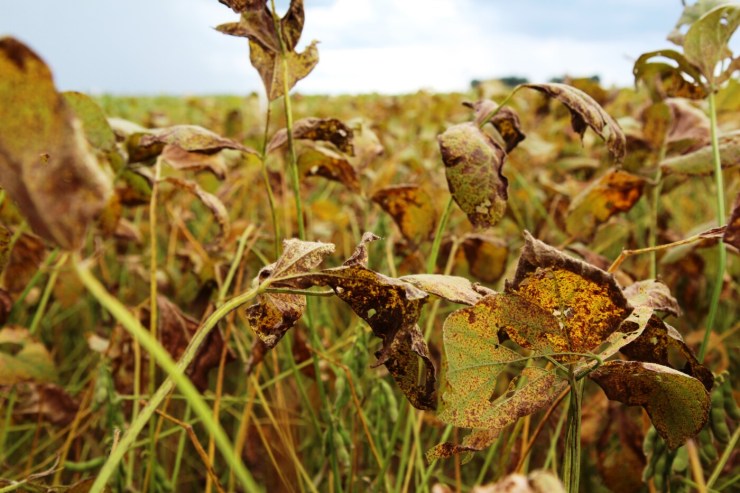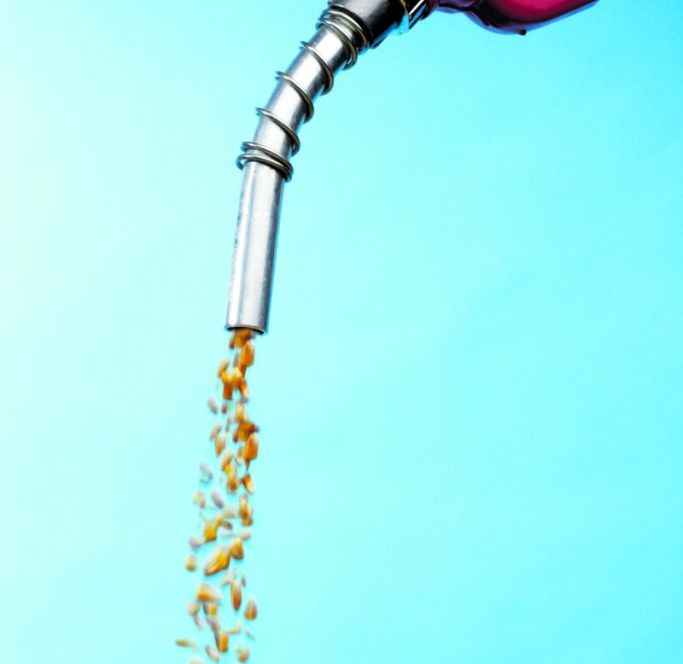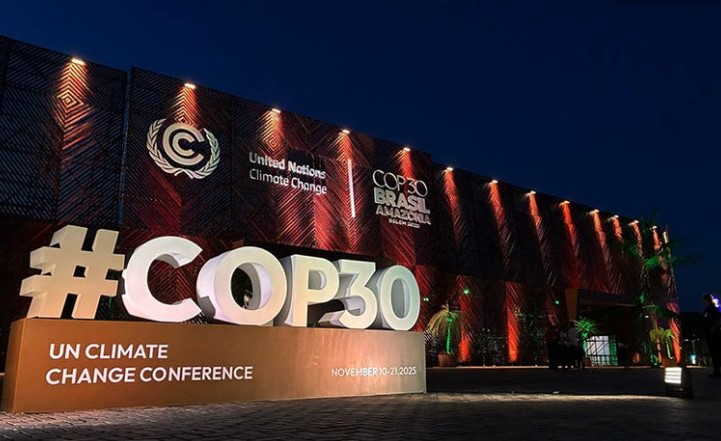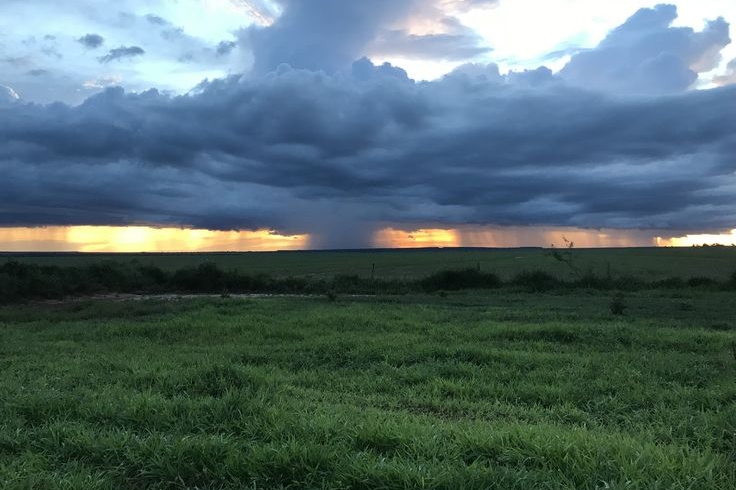The last two technical teams of the 2025 Harvest Rally are in the South of Mato Grosso do Sul and North and West of Paraná and will remain until Sunday (15) evaluating second-crop corn crops. The route began in Campo Grande, heading towards the regions of Dourados, Naviraí, Ponta Porã, Guaíra, Toledo, Campo Mourão, Assis Chateaubriand and Goioerê, before concluding the work in Londrina, in Paraná, next Sunday.
 The Rally has already completed the assessments of the second-crop corn areas in the Mid-North and West of Mato Grosso and found crops with the potential for record productivity. The scenario for Mato Grosso do Sul and Paraná should be a little different – crops with good potential, but not enough to record a new productivity record.
The Rally has already completed the assessments of the second-crop corn areas in the Mid-North and West of Mato Grosso and found crops with the potential for record productivity. The scenario for Mato Grosso do Sul and Paraná should be a little different – crops with good potential, but not enough to record a new productivity record.
According to the Rally’s technical coordinator, Valmir Assarice, there was a period of stress at the beginning of crop development, resulting in losses in potential. The return of regular rains halted the losses, but the technicians’ fieldwork will be important to measure the impacts in the most affected regions. “It will be essential to understand the yield of crops planted in the middle and at the end of the window and how much will compensate for the initial losses. Since the rain lasted longer and we have a higher percentage of later crops, we remain optimistic about the overall result of the regions to be covered by the last two teams,” says Assarice.
Agroconsult, the organizer of the expedition, estimates the second corn harvest at 112.9 million tons, a volume 10.5% higher than last season, according to a preliminary assessment by the Rally. The planted area is projected at 17.9 million hectares, one million hectares (6.1%) more than in the 2023/24 harvest.
Productivity is estimated at 105 bags per hectare (+4.1%), the index is not yet the highest ever recorded, but it has

excellent potential for a new record to be confirmed by technicians in the field. “This is a second corn harvest with significant growth in area, but there was great doubt about its production potential because the crops were planted in a calendar with greater risk. The extension of the soybean cycle led to later planting of corn – in March – especially in Mato Grosso and a little in Goiás. However, the producers’ fears ended up dissipating with the good rains in April that lasted until May, the most important period for defining the production potential of the crops”, explains André Debastiani, coordinator of the Harvest Rally.
According to Debastiani, at the same time last year, the Rally had been recording productivity losses in several states, such as Mato Grosso do Sul, Paraná and São Paulo, due to the drought. “Already at the beginning of the corn season, although we know that there are some problems, such as in the West of Paraná, where the first crops suffered from the drought in January, there are no states in a critical situation. On the contrary: Mato Grosso and Goiás have already practically defined their harvests and have everything to surpass previous records, depending on the results in the field,” he says.

Six teams will visit the fields between May and June. The first two have already assessed the Mid-North and West of Mato Grosso, leaving Cuiabá and visiting the regions of Nova Mutum, Lucas do Rio Verde, Sorriso, Sinop, Campo Novo do Parecis, Sapezal and Vilhena, in Rondônia, until May 24. Two other teams were in the Southeast of Mato Grosso, North of Mato Grosso do Sul and Southwest of Goiás, in the regions of Campo Verde, Primavera do Leste, Rondonópolis, Itiquira, Chapadão do Sul, Rondonópolis, Jataí, Mineiros and Rio Verde until June 7.
The Rally has already assessed the conditions of more than 1,700 soybean crops during the development and harvesting phases in the states of Mato Grosso, Goiás, Minas Gerais, Mato Grosso do Sul, Paraná, Santa Catarina, São Paulo, Rio Grande do Sul, Pará, Maranhão, Piauí, Tocantins and Bahia. Technicians visited rural producers in the Southeast regions of Mato Grosso, Southwest of Goiás, Plateau of Rio Grande do Sul and West of Paraná, between April and May.
The areas evaluated by the 2025 Harvest Rally account for 97% of the soybean production area and 72% of the corn area.





